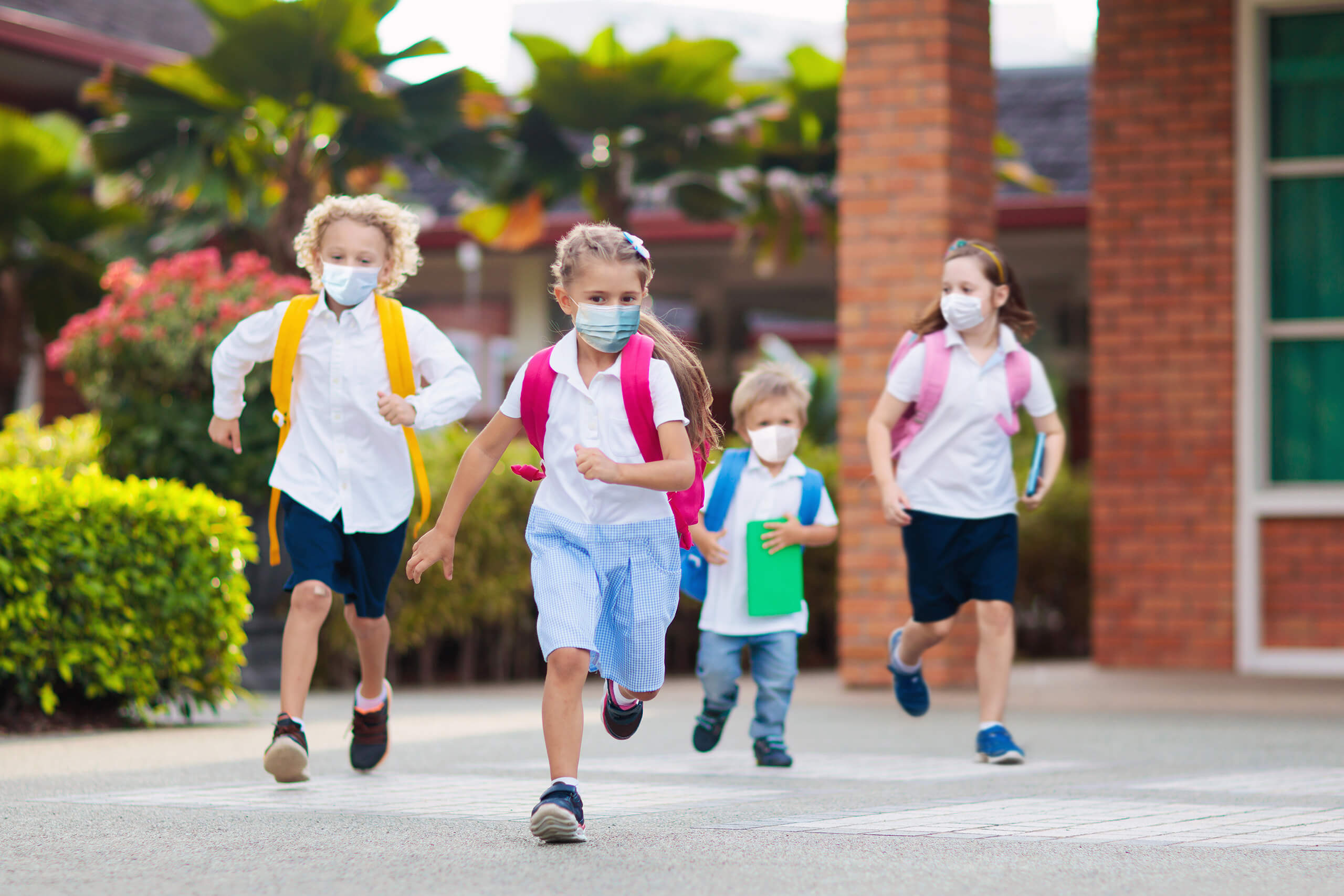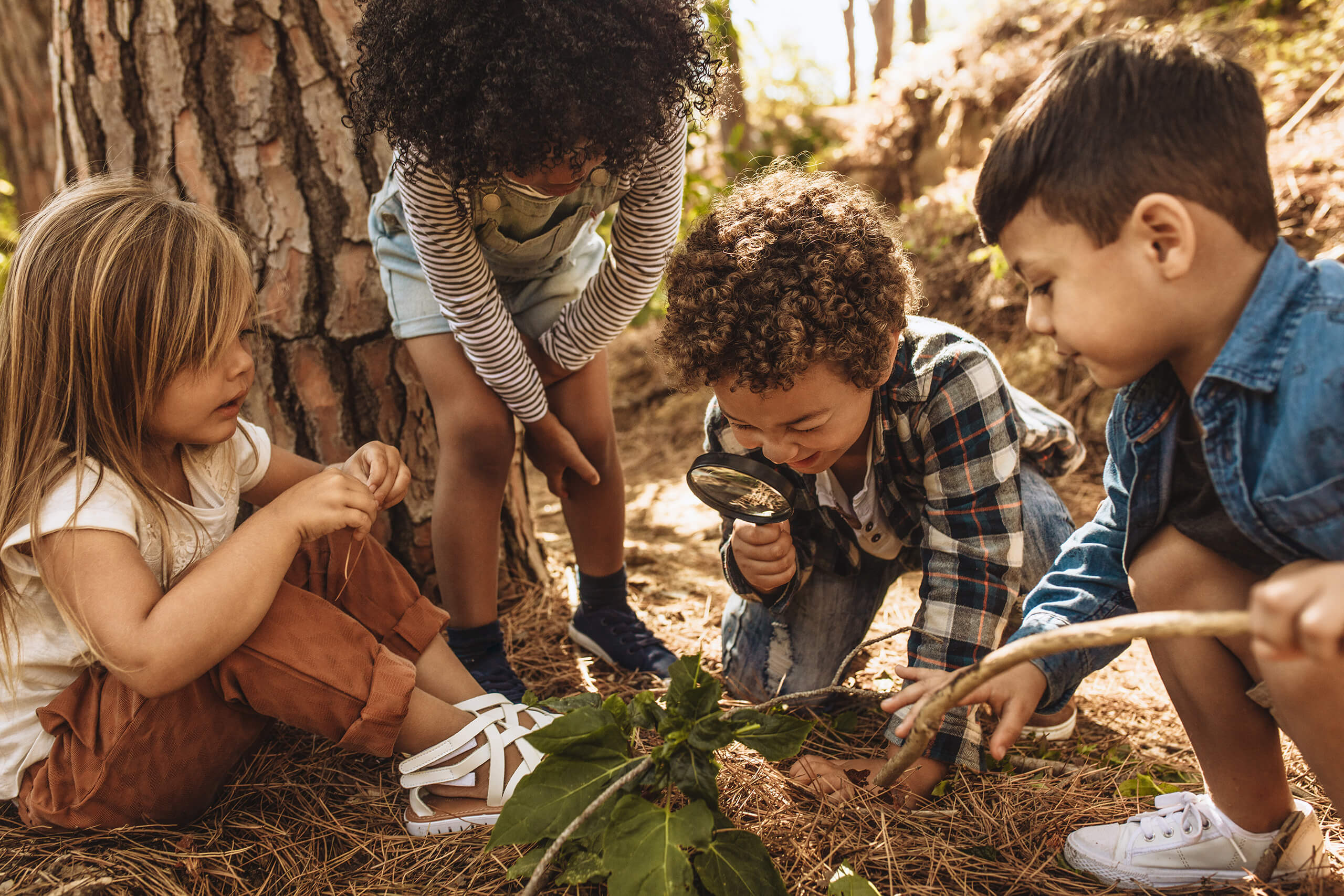
Lifting the mask: Helping neurodivergent children and teens navigate communication challenges
Communication shapes our everyday experiences. It influences the quality of our interactions with others, determines our experience of social acceptance, impacts our self-confidence, and ultimately, our happiness.
But what happens when crucial elements of communication, such as the ability to interpret verbal and non-verbal cues, do not occur naturally for us? And what happens if our natural way of communicating is not commonly accepted by society?
Will we try and hide our difficulties to fit in?
The Double Empathy Problem:
For neurodivergent teens and children, the struggle to communicate can be very real. While they may find it easy to connect with other neurodivergent people, they frequently have difficulty understanding how neurotypical people think, feel, talk, and socialise.
Similarly, neurotypical people may also find it difficult to understand how neurodivergent people think, feel, talk and socialise.
This breakdown in communication is known as the ‘double empathy problem’. It refers to a breakdown in mutual understanding that happens most often between people with very different ways of thinking, such as neurodivergent and neurotypical people.
The reasons behind masking
Neurodivergent children and teens process information, interpret social cues and express themselves in ways that differ from neurotypical young people. These differences can lead to a breakdown in communication, and subsequently, to social isolation, feelings of alienation, anxiety or frustration at continually being misunderstood.
To navigate these complexities, many neurodivergent individuals resort to masking – an exhausting process that involves imitating typical behaviour, mimicking social cues, and suppressing their natural communication patterns. In addition to being emotionally draining, the act of masking, although initially adaptive, can, of itself, lead to deep feelings of isolation.
Masking is not only used by neurodivergent people either. Many people with mental health or communication difficulties also use this coping mechanism to hide their struggles.
Sometimes masking is unintentional and the person may not even be aware that they are doing it. This happens because from birth, we are surrounded by people modelling so-called ‘normal’ behaviour and communicating their expectations for us to do the same.
Nuerodivergent children or those with mental health challenges may feel pressured to live up to these expectations and subconsciously begin to mask their symptoms from an early age. When masking is unintentional, these people may keep up the pretence even when no one is around. This adds to their subliminal stress levels.
What is masking exactly?
Masking refers to the act of concealing one’s true thoughts, feelings or struggles to blend in with societal norms. Neurodivergent children and teens, such as those with autism spectrum disorder (ASD), ADHD, as well as children and teens with other challenges, often use masking to camouflage their communication difficulties. They imitate neurotypical behaviour so they appear to fit into social situations.
Forms of masking
Masking can occur consciously or subconsciously and manifest in various ways. Here are a few examples.
Mimicking neurotypical behaviours
This includes imitating social cues, expressions or mannerisms, such as making eye contact when they would prefer not to, in order to appear more socially adept.
Scripting conversations
Neurodivergent individuals might rehearse and use memorised phrases or scripts to navigate social interactions, masking their difficulties with spontaneous communication.
Suppressing stimming behaviours
Children and teens might try to conceal stimming behaviours, such as hand-flapping or rocking, in order to avoid drawing attention to themselves and to conform to societal norms.
Compensation
Children or teens may compensate by spending more time and energy on tasks to hide their struggles to keep up with the work. This commonly occurs in children and teens with ADHD.
Signs of masking
Children and teens who are masking tend to look to others before deciding what to do in various situations. Encouraging them to interrogate their feelings of authenticity may help to reveal whether their behaviour in such circumstances feels natural or forced.
Pay attention to any signs that your child/teen is suppressing certain body movements because they are worried that they will look strange or people will comment on them.
Does your child/teen feel especially tired after social encounters? Do they habitually need to spend time alone in order to decompress after interacting with others? If so, it’s possible that they are masking in those settings.
The challenges of masking
While masking can help neurodivergent children and teens navigate social situations, it comes with its own set of challenges. Constantly suppressing one’s true self and innate communication tendencies can lead to mental health issues, such as anxiety, depression, loss of identity and a profound sense of isolation.
What’s more, masking is exhausting, and the effort required to maintain this facade often goes unnoticed, contributing to heightened stress and emotional strain. Hence, the energy expended to maintain the mask often comes at the cost of personal well-being and self-acceptance.
How can we help children and teens who are masking?
Embracing different communication styles and building supportive environments
Understanding and acknowledging that neurodivergent children and teens, and those with mental health issues have different communication styles is the first step towards creating a more inclusive environment where everyone feels comfortable expressing themselves authentically.
Breaking the stigma
Raising awareness about the challenges children and teens with neurodivergence and mental health issues face in communication and social interactions can aid in reducing stigma and promoting acceptance.
Educating teachers, parents, caregivers and peers
Providing resources to schools and workplaces will help to educate people about the different communication needs of these children and teens.
Advocating acceptance
Encouraging neurotypical children and teens to accept and accommodate different communication styles without judgement will help to overcome the double empathy problem and facilitate understanding between people with different inherent thought processes.
Supporting neurodivergent individuals
Children and teens who use masking are unlikely to feel safe unmasking in all areas simultaneously. Their concerns over stigmas and discrimination are valid and must be taken into account.
The important thing is to help people who use masking to recognise when it is safe to unmask and to provide safe spaces where they can practise their authentic communication skills.
Understanding, empathy & inclusivity
The act of masking communication difficulties is a coping mechanism employed by neurodivergent individuals to navigate social settings. While masking may enable them to fit into societal norms, it often comes at a personal cost, impacting mental well-being and authenticity.
By fostering understanding, empathy, and creating inclusive environments that celebrate neurodiversity, we can support neurodivergent children and teens in expressing themselves authentically and comfortably, unmasking the true beauty of their unique communication styles.
Help your child or teen emerge from behind the mask
Masking is a common, but often subconscious, coping mechanism used by children and teens with neurodivergence or mental health problems. If you recognise the signs of masking in your child/teen, reach out to the friendly team at BSP today.
Our neurodiversity affirming practices help to equip and empower children and teens with neurodivergence and mental health issues to communicate authentically.



